Build-A-Rig Round 2: SilverStone and Crucial Interviews and $800 Back-To-School PCs
by Ian Cutress on October 13, 2015 8:00 AM EST- Posted in
- Build-A-Rig
- Crucial
- SilverStone
- Interview
SilverStone’s ‘Mighty Milo’
Tony was first up to the plate with his build. The choice of the overclockable Pentium combined with the GTX 960 makes it more of a gaming focused system, reinforced by the portable aspects of the case but perhaps limited by the smaller SSD. This build is more focused on portability though, with the expectation that the underlying motherboard and power supply can remain constant over the course of a degree with minor upgrades in time.
| SilverStone's Mighty Milo | |||
| Component | Selection | Price as Chosen |
90-Day Average |
| Processor (CPU) | Intel Pentium G3258 (2C/2T, 3.2 GHz) |
$69.99 | $69.99 |
| Motherboard | ASRock H97M-ITX/ac | $95.99 | $93.20 |
| Graphics Cards (GPU) | Zotac GeForce GTX 960 OC | $179.99 | $179.99 |
| Memory (DRAM) | Crucial Ballistix Sport XT (2x4GB) DDR3-1600 C9 |
$39.99 | $43.95 |
| Storage (SSD) | Crucial BX100 120GB | $69.99 | $67.75 |
| Storage (HDD) | 1TB Western Digital Blue 2.5-in 5400 RPM 8MB Cache |
$60.99 | $60.99 |
| Power Supply (PSU) | SilverStone ST45SF 450W Bronze SFF |
$69.99 | $71.33 |
| Chassis | SilverStone Milo ML08B-H (with handle) |
$84.99 | $84.99 |
| CPU Cooling | SilverStone Argon AR06 | $39.99 | $39.99 |
| Operating System | Microsoft Windows 10 Home 64-bit OEM |
$99.99 | $99.99 |
| Extras | None | ||
| Total | $811.90 | $812.17 | |
Processor (CPU) – Intel Pentium G3258 ($70)
The G3258 is the anomaly in Intel’s product line, released last year as an ‘overclockable anniversary edition’ celebrating 20+ years of the Pentium line. We reviewed it when it was released, and Intel’s goal here was in part to reinvigorate overclocking but also provide a high-frequency lower end part. Intel were cautious however, as due to the dual core with no HyperThreading (which is a Core i3), the G3258 even overclocked can get bogged down when high compute power is needed, even when it hits 4.2 GHz and above. That being said, at $70 it comes in around 50% cheaper than the nearest i3, and still has a high frequency to provide a good responsiveness in single threaded tasks.
Motherboard – ASRock H97M-ITX/ac ($96)
Small form factor motherboards have a tough time to retain all the features of the full sized variants and still be cost effective – sometimes engineering it all into a smaller space takes time and research. As a result we usually see mITX motherboards a little stunted, with fewer DRAM slots, PCIe slots and/or SATA ports as a result. Each generation still comes with a healthy array of $80-$150 boards in this size, and the ASRock H97M-ITX/ac is no different. This one comes with 802.11ac 2x2 WiFi, allowing for more mobility around a dorm room, power connectors in the right places to make it easier to build as well as a trio of options for video output and USB 3.0. The H97 chipset is a little oddball here, wherein it should allow CPU overclocking, and it will be interesting to see how far this four-phase motherboard can push the G3258.
Graphics Cards – Zotac GeForce GTX 960 OC 2GB ($180)
When using a Pentium class processor, gaming is very limited beyond support for various APIs, acceleration tools, or basement settings for eSports/indie titles. Tony added in a GTX 960 for good measure, going for Zotac’s pre-overclocked model for an extra kick. This is still a middle class GPU for 1080p gaming, but should raise the bar to near maximum settings on popular LAN titles such as CS:Go and allow a foray into some high profile games. The extra money that was ‘saved’ by staying at a Pentium means that this GPU gets another $30-40 on it.
Memory – Crucial Ballistix Sport 8GB (2x4GB) DDR3-1600 C9 ($40)
With an $800 budget, there’s little room to splash for high capacity or high speed memory, but given the type of system being built most users can agree that 8GB is a rough sweet spot. Back when we tested DRAM scaling on Haswell processors, we found that there can be some pitfalls when choosing memory but Tony has kept abreast by at choosing DDR3-1600 at a CAS Latency of 9, moving it out of the danger curve.
Storage – Crucial BX100 120GB ($70)
A system of $800 makes a nice entry point into having an SSD drive as the operating system drive, but is perhaps not enough budget to make it go all-out and will require some extra storage, especially for assignments and games. A 120GB drive will sort out Windows 10 and a couple of big software/game packages, and as NAND prices decrease over the next few years there might be space to upgrade to something larger. The BX100 series in the meantime was well received in our review.
Storage – Western Digital Blue 2.5-inch 1TB 5400 RPM 8MB Cache ($61)
For roughly the same price as the 120GB SSD, a 1TB drive is also put into this system as that bulk storage component. The WD Blue brand is specifically designed for desktop PCs, and should be eminently suitable for a back-to-school build with WD's reputation. That being said, this model has a slower rotation speed and cache than we expected, but comes in a 2.5-inch form factor.
Power Supply – SilverStone ST45SF 450W Bronze Power Supply ($70)
One of SilverStone’s well known product lines revolve around small form factor power supplies. I even have a couple as part of my mini-ITX builds, just because they often just fit in and work (personal opinion). For the Milo case being used, having an SFF power supply is a must, and this single rail design comes with three SATA power connectors, two 6-pin PCIe and a 6+2-pin PCIe connector for graphics. As mentioned in his interview, Tony stated that this product has been rigorously tested with larger graphics cards, and in a system this size it might be very difficult to get above the 400W mark with any combination of components anyway.
Chassis – SilverStone Milo ML08B-H with handle ($85)
One of the key components to this build is the chassis. The Milo is a new design from SilverStone, only recently being released. The focus here is on small form factor and mobility, so with that handle it comes across as well suited for a back-to-school system where the dorm has to be vacated every semester or if the user needs to move their system to events. With the $800 budget it was perhaps a bit too much to ask for something similar in say aluminum, but it will be interesting to see how easy it is to build a system inside and carry around with all the components.
CPU Cooling – SilverStone Argon AR06 ($40)
As Tony chose an overclockable processor and a suitable motherboard, it makes sense that there needs to be sufficient cooling for an overclock. SilverStone’s AR06 cooler, according to Tony, is good for 80-90W of cooling which is above the 53W TDP listed for the G3258 processor. This means there should be some headroom, as long as the chassis can ventilate it. The cooler is also specially designed for mini-ITX form factor chassis such as the ML08B.
Operating System – Microsoft Windows 10 Home 64-bit OEM ($100)
Windows 10 would presumably be the obvious choice here, given the soon-to-be relevance of DX12 as well as features such as Cortana and the return of a proper start menu.
Overall Build
| SilverStone's Mighty Milo | |||
| Component | Selection | Price as Chosen |
90-Day Average |
| Processor (CPU) | Intel Pentium G3258 (2C/2T, 3.2 GHz) |
$69.99 | $69.99 |
| Motherboard | ASRock H97M-ITX/ac | $95.99 | $93.20 |
| Graphics Cards (GPU) | Zotac GeForce GTX 960 OC | $179.99 | $179.99 |
| Memory (DRAM) | Crucial Ballistix Sport XT (2x4GB) DDR3-1600 C9 |
$39.99 | $43.95 |
| Storage (SSD) | Crucial BX100 120GB | $69.99 | $67.75 |
| Storage (HDD) | 1TB Western Digital Blue 2.5-in 5400 RPM 8MB Cache |
$60.99 | $60.99 |
| Power Supply (PSU) | SilverStone ST45SF 450W Bronze SFF |
$69.99 | $71.33 |
| Chassis | SilverStone Milo ML08B-H (with handle) |
$84.99 | $84.99 |
| CPU Cooling | SilverStone Argon AR06 | $39.99 | $39.99 |
| Operating System | Microsoft Windows 10 Home 64-bit OEM |
$99.99 | $99.99 |
| Extras | None | ||
| Total | $811.90 | $812.17 | |
Back-to-school systems have to come in a variety of shapes and forms. The system that a film studies student needs is different to what a computer science or an engineer might need, with varying degrees of DRAM and storage eating software on both sides, and the desire to have sufficient computing power to push through a render or a compile while still having a decent system to play some games. $800 is a reasonable sized budget for this, and the SilverStone build focuses on both portability and gaming, with a potential nod to high-single thread performance. With Skylake still being a little difficult to get hold of, a Haswell based system should still provide a good set of numbers for a few years, or easily be upgraded to an i5 or i7 when that next student loan check arrives. As many students through the years have proven, you can survive through school on cheap ramen and free anime.


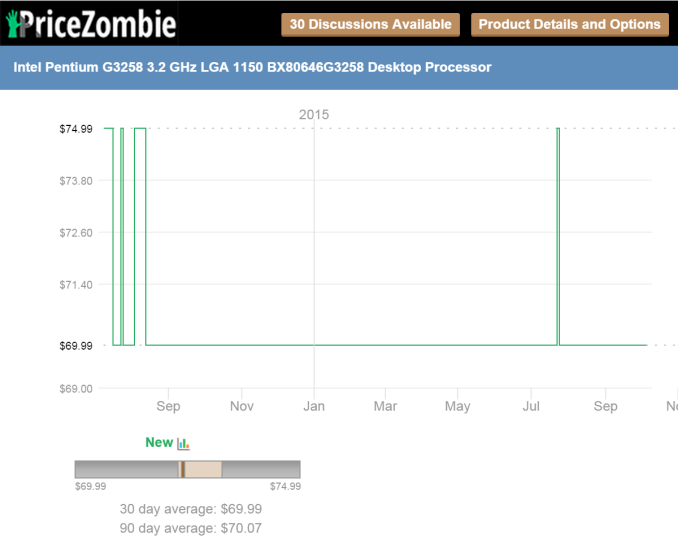
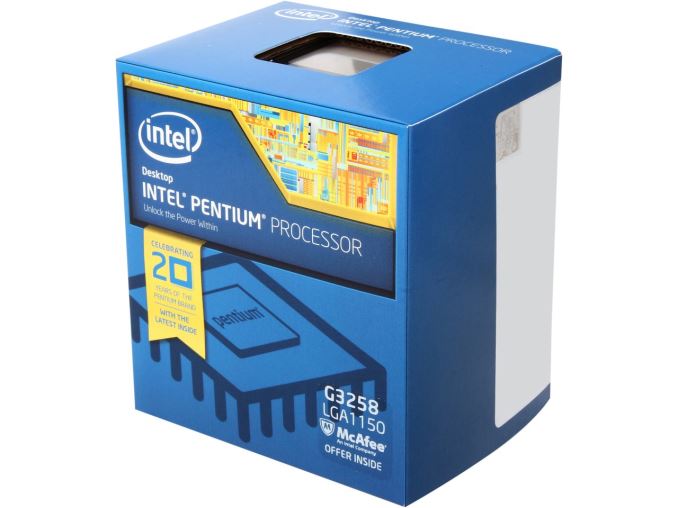
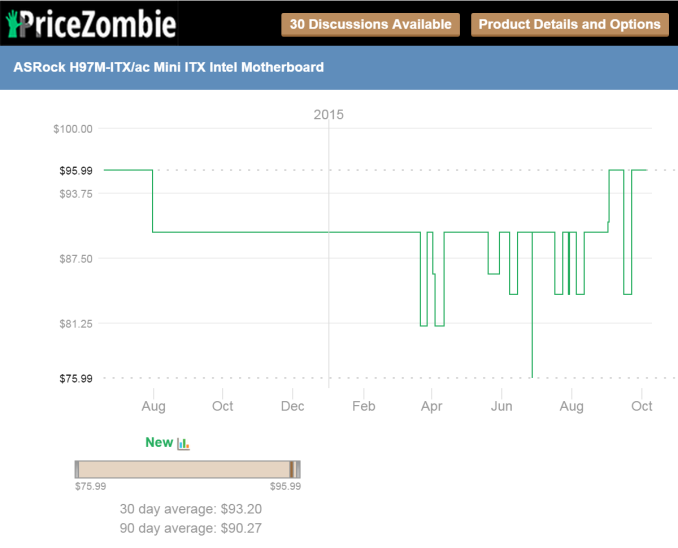
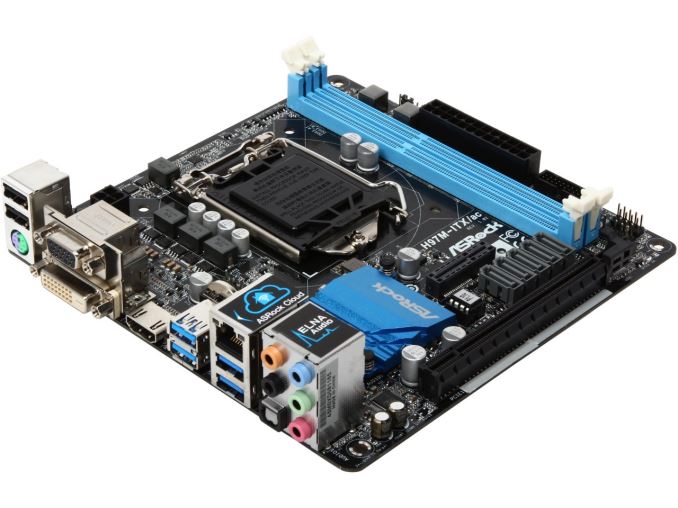

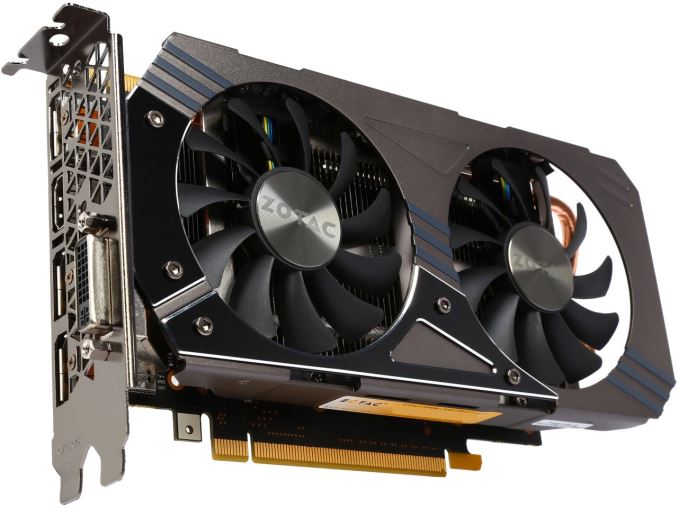
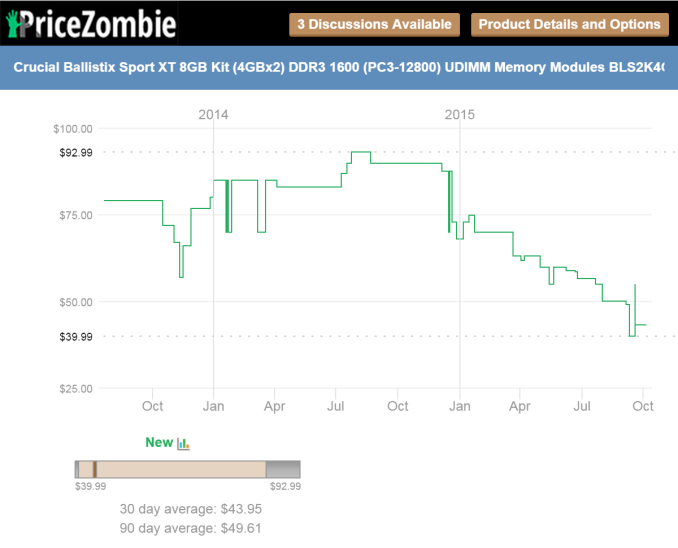
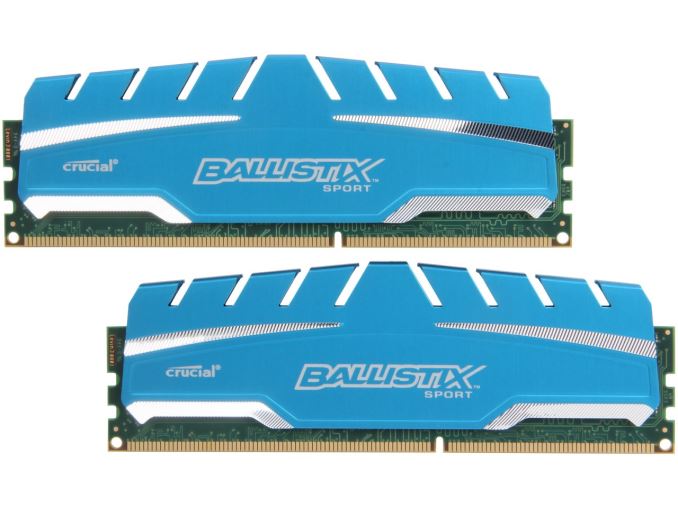
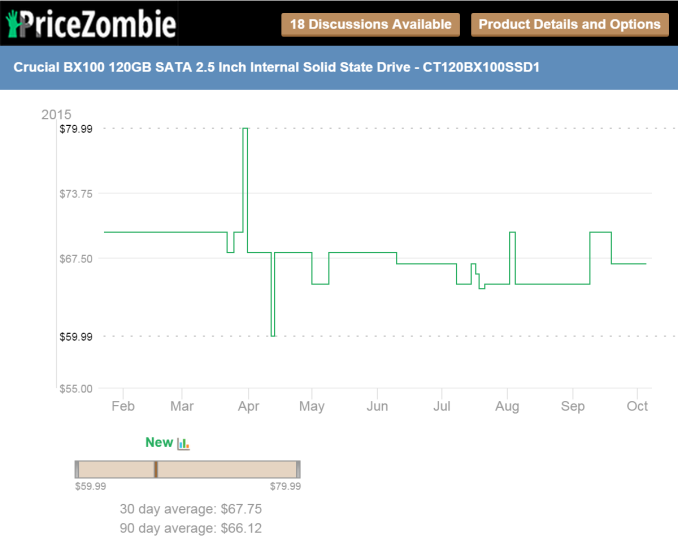
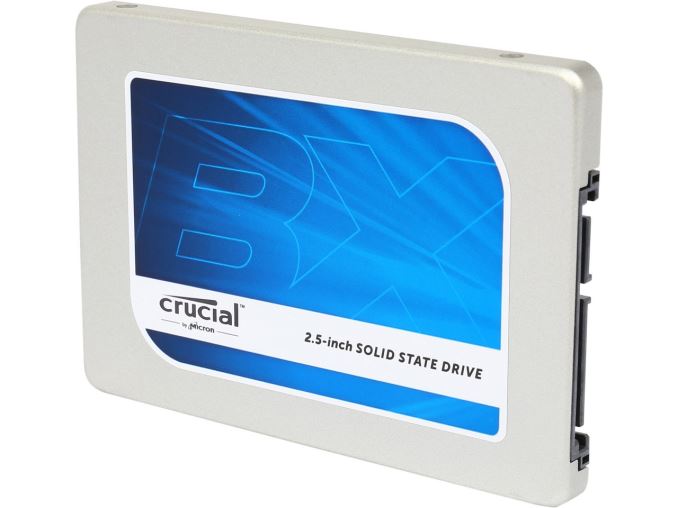

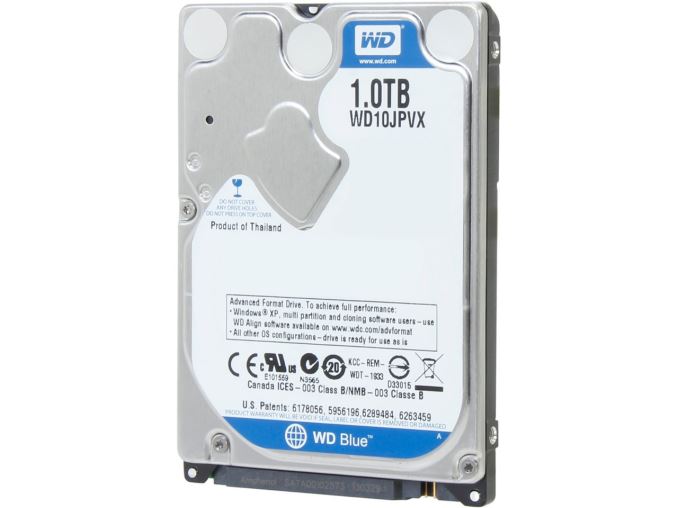

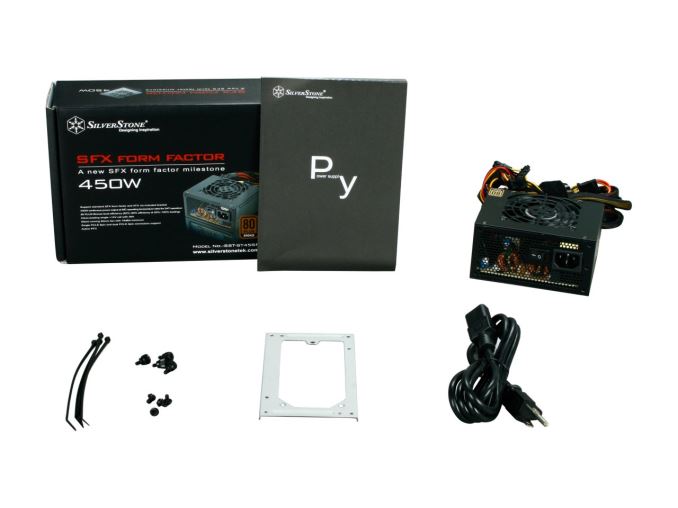
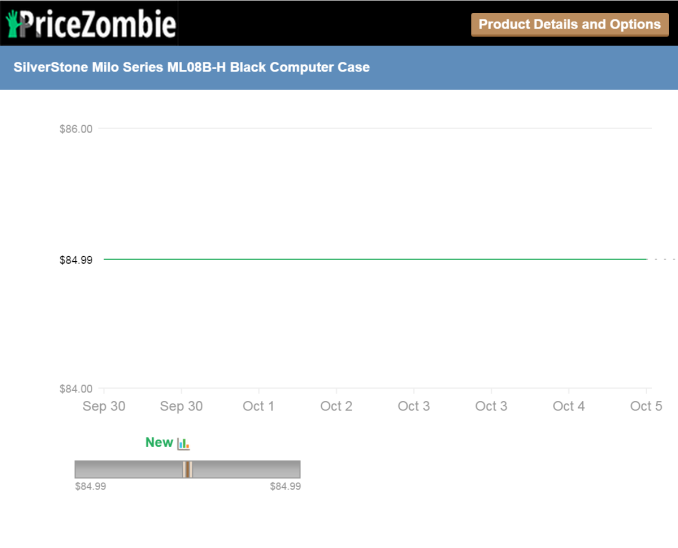
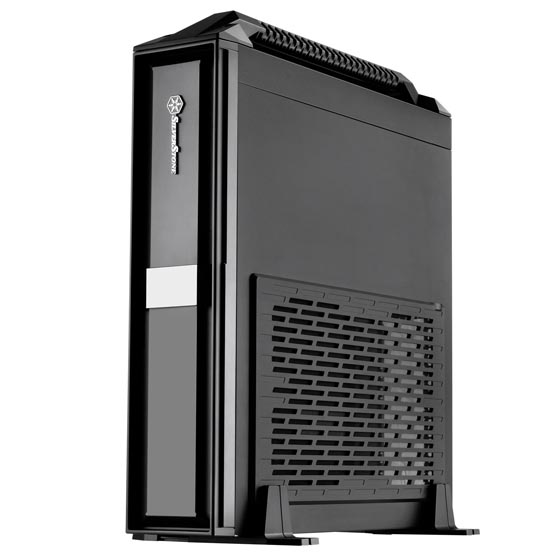

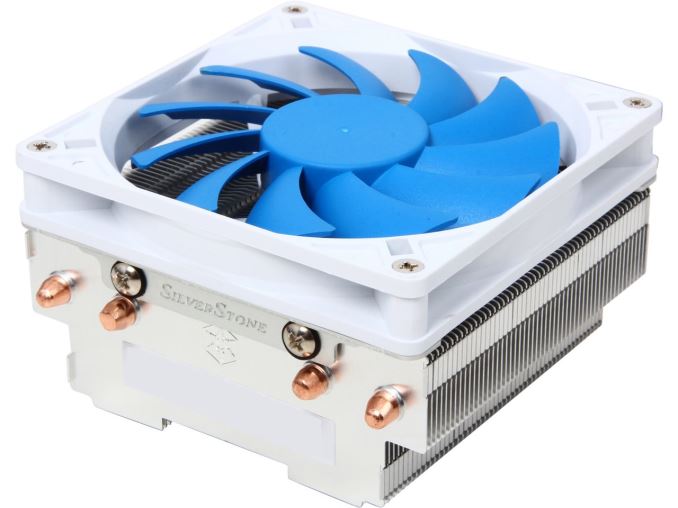
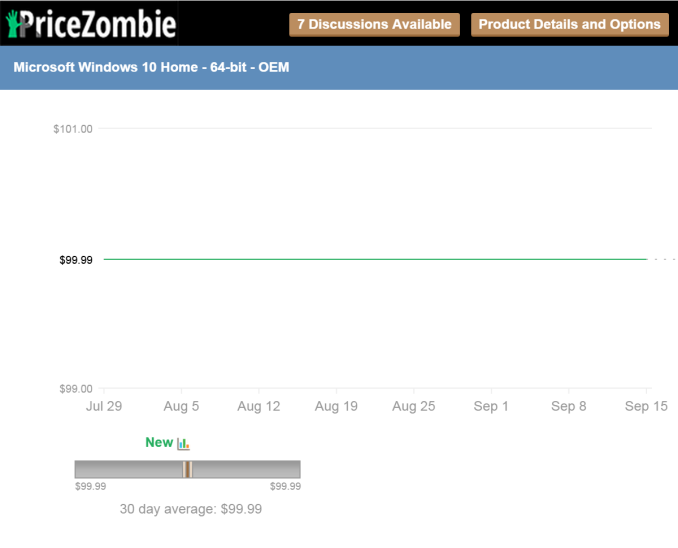
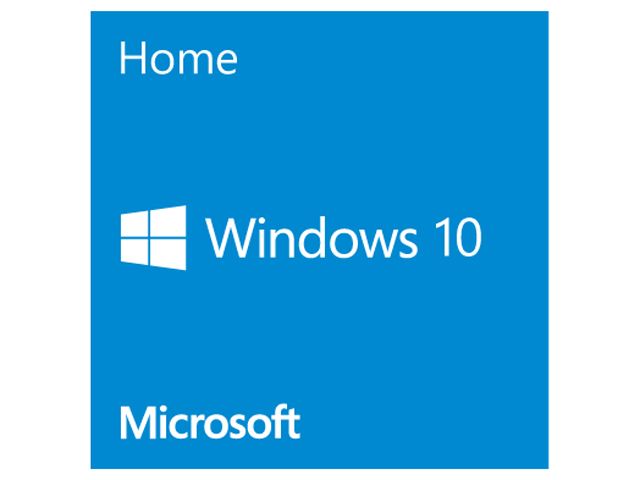








93 Comments
View All Comments
Mr Perfect - Wednesday, October 14, 2015 - link
True, I was simply trying to get more of these mITX challenges going, though. The first builds where ATX monsters and it's easy to build one of those. There are no space constraints, cooling components is a snap and it's easy keeping noise in check. A mITX takes a little finesse though, so I'd think it would make for a more interesting competition. The round two builds got hit pretty hard with the budget hammer, they didn't get to push any boundaries.gamer1000k - Tuesday, October 13, 2015 - link
I priced out a $1500 mITX for fun in the previous build-a-rig competition. It ended up pretty similar to the Corsair build (unlocked i5 and 980TI) but in a mITX case.http://anandtech.com/comments/9403/introducing-the...
PPalmgren - Thursday, October 15, 2015 - link
I have a 980ti in a micro-ATX case, with really strong cooling, and the thing still gets quite loud. I'm pretty close to that 'noise cutoff' point where the noise becomes a major detractor. I can't imagine a 980ti doing any better in an ITX unless it was a roomy cube with dedicated airflow like the Corsair 250D.gamer1000k - Thursday, October 15, 2015 - link
The case I chose (Silverstone FTZ01) uses a riser card to move the GPU next to the motherboard instead of putting it on top of it and has vents directly over the GPU fans. This design provides better GPU cooling than a lot of large towers since the GPU can directly pull in cool air from the room instead of hot air from inside the case.Zap - Tuesday, October 13, 2015 - link
I'm liking this build-a-rig round, from the budget to the SFF results.If I had to choose, I would pick the Silverstone. I don't think there are any show stoppers in the choices. Redirect data folders (My Videos, My Documents, Downloads, etc.) to the HDD to alleviate space issues on the SSD. If nothing is running off the HDD, won't notice the lack of performance. Dual cores is still somewhat sufficient as long as the user doesn't keep tons of stuff running all the time.
The Crucial build does have more weaknesses. Most glaring weakness is the PSU. This unit is only 72% efficient, no published combined +12v output (theoretical max 43A or 516W but I wouldn't trust that) or temperature rating, and doesn't even have active PFC. Note that Thermaltake makes multiple TR2 600W units, and I'm talking about the one linked at Newegg which is the TR-600. There is an updated TR-600P model for only $12 more at Newegg which fixes all these issues. Other than that, already pointed out that $20 more gets a GTX 960. Rest of the parts are fine for their purposes.
If I had to configure a system?
(Pricing/availability taken from Newegg 10/13/15 not counting rebates, taxes, shipping)
CPU - Intel Core i3-4170 $125
(Good price for 4 threads.)
Mobo - ASRock H81M-ITX/WIFI $63
(PCIe2 not yet limitation, basic WiFi in case that's what the dorms have.)
GPU - MSI GTX 960 4GB $205
(Overclocked, 4GB for those "2GB not enough" naysayers."
RAM - Mushkin ECO2 8GB (2 x 4GB) $36
(Great price for 1600MHz 1.35v DDR3L)
SSD - Crucial MX200 2.5" 500GB SSD $130
(I think one big SSD is more usable unless actually storing huge amounts of data.)
HDD - none
PSU - Silverstone ST45SF $70
(Proven unit. Get FSP version if cheaper at time of buying.)
Case - Silverstone Milo ML08B $75
(So small, does it really need a handle?)
CPU cooler - none/stock
OS - Windows 10 $100
Extras - none
Total = $804
frenchy_2001 - Friday, October 16, 2015 - link
I like your build. More balanced.Better CPU, but sacrificed OC (good trade off)
More SSD, but no HDD (fine for the budget. Can always add more storage for cheap later)
no handle (not a need for me)
DDR3L (can maybe reuse for a Skylake build down the road)
Stock cooler (most probably fine)
4GB 960 (good for now and immediate future)
Then, down the road, you can add storage and maybe a quieter cooler if needed.
That box can be used both as main dorm PC and/or HTPC.
Very nice.
Flunk - Tuesday, October 13, 2015 - link
These sustems are pretty well matched. With the exception of the Thermaltake TR2 600W in Crucial's build. That is one seriously cheap power supply (in a bad way), although maybe I'm biased because I've had several Thermaltake power supplies blow up on me.KAlmquist - Tuesday, October 13, 2015 - link
I agree, especially since this build isn't going to draw anything close to 600W. A Seasonic SSP-300ET ($41) would be better, but if it were me I would try to fit a Seasonic SSR-360GP ($64) or an FSP Group Aurum S 400W ($60) into the budget.PPalmgren - Thursday, October 15, 2015 - link
It seems like the goal was to allow upgradeability room, and in that case, I think its a decent fit. No better/different than a CX600 or something.amightywind - Tuesday, October 13, 2015 - link
Both cases are great. I prefer the Crucial/i3 build. Multithreading is no longer optional and clearly appropriate for back-to-school. The weaker graphics don't put me off. In the past 15 years I have built half-a-dozen mid-market machines with reduced size cases using Anandtech's build guides. I'm glad they are emphasizing this again. Really useful info, but with a short half-life. The hobbyist PC component market is really a thing to behold. I really like the idea competing builds with constraints.